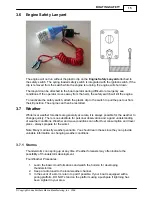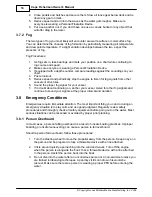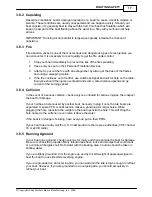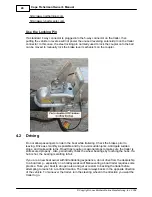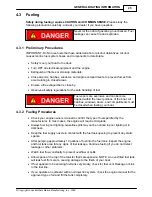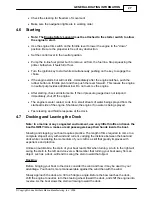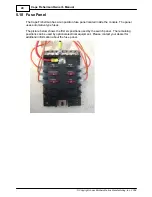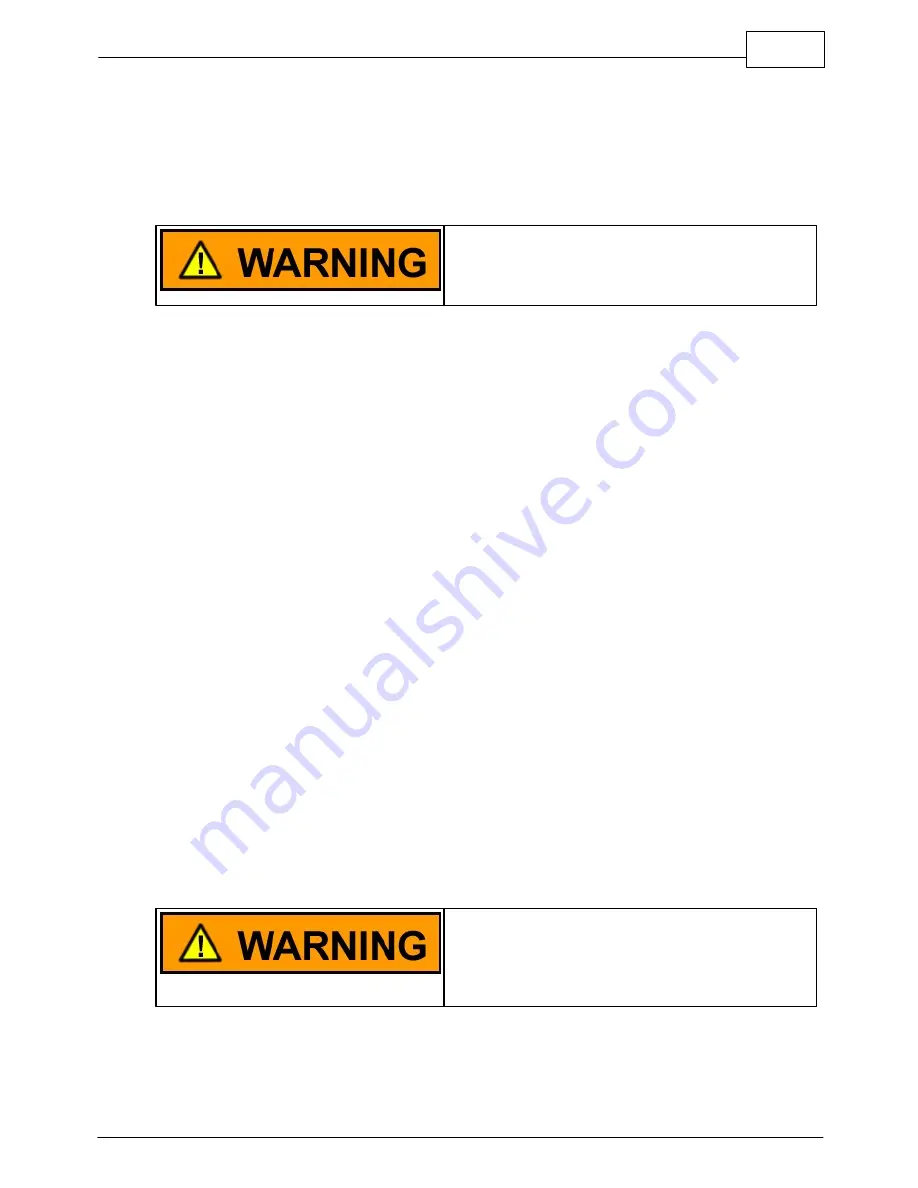
GENERAL BOATING INFORMATION
29
© Copyright Jones Brothers Marine Manufacturing, Inc. 2008
a towel or cushion to prevent chafing. The towed boat can do the same thing using
the eye on the bow.
The towed boat should keep someone at the wheel, to prevent the boat from straying off
course. Start the tow off slowly. A steady pull at a moderate speed should be used during
tow. Watch the action of the towing boat. If too much slack develops in the towline and
contact is imminent, turn in either direction to avoid hitting the stern.
As a precaution, passengers on both boats,
should stay clear of the towline. The line can snap
and fly in either direction causing injury.
4.10 Anchoring
Some factors that determine the size and type of anchor most suitable for your boat include
the size of your boat and the type of lake, sea, or river bottom in your boating.
The length of the anchor line should be at least 4 to 7 times the depth of the water. Increase
this length in strong winds and currents. A 3 to 4 foot length of chain between the anchor
and the anchor line will help prevent the line from chaffing on rough obstacles, and will also
help hold anchor flukes down for more secure anchoring.
To anchor, pilot the boat into the wind or current to stop the forward motion. Make sure your
anchor line is secured to a cleat. Lower the anchor into the water until it reaches the
bottom. Feed out the anchor line slowly as the wind or current forces the boat backward.
Reverse engine(s) if necessary. To make sure anchor is set, take a gradual strain off the
rode then pull firmly before stopping the engine.
Even while anchored, your boat will swing with the wind, so do not anchor close to other
boats or objects. Furthermore, it is illegal to tie your boat to navigational aids, such as
buoys and markers.
To retrieve the anchor, slowly drive the boat to the point directly above the anchor and pull
upward on the anchor line until anchor is retrieved. If the anchor is difficult to break out, tie
off the anchor line while directly over the anchor and slowly motor forward to "break" the
anchor free.
Note: If you plan on anchoring in a congested areas, make sure you have another
small anchor onboard. In North Carolina on holiday weekends, you'll see boats drop
the main anchor in deep water and then back toward the beach. The small anchor is
thrown to hold the stern near the beach and prevent the boat from pivoting. The
anchor lines are played in and/or out to adjust for tides and unloading/loading
passengers and gear.
Never anchor off the stern of the boat, especially
in strong winds or currents. The weight of the
stern and flat surface to the seas can easily
cause water to enter over the transom, and
swamp the boat.
Summary of Contents for Cape Fisherman
Page 1: ...Cape Fisherman Owner s Manual...
Page 6: ......
Page 7: ...WELCOME Part I...
Page 9: ...OVERVIEW Part II...
Page 12: ......
Page 13: ...BOATING SAFETY Part III...
Page 26: ......
Page 27: ...GENERAL BOATING INFORMATION Part IV...
Page 37: ...OPERATION Part V...
Page 55: ...MAINTENANCE AND SERVICE Part VI...

